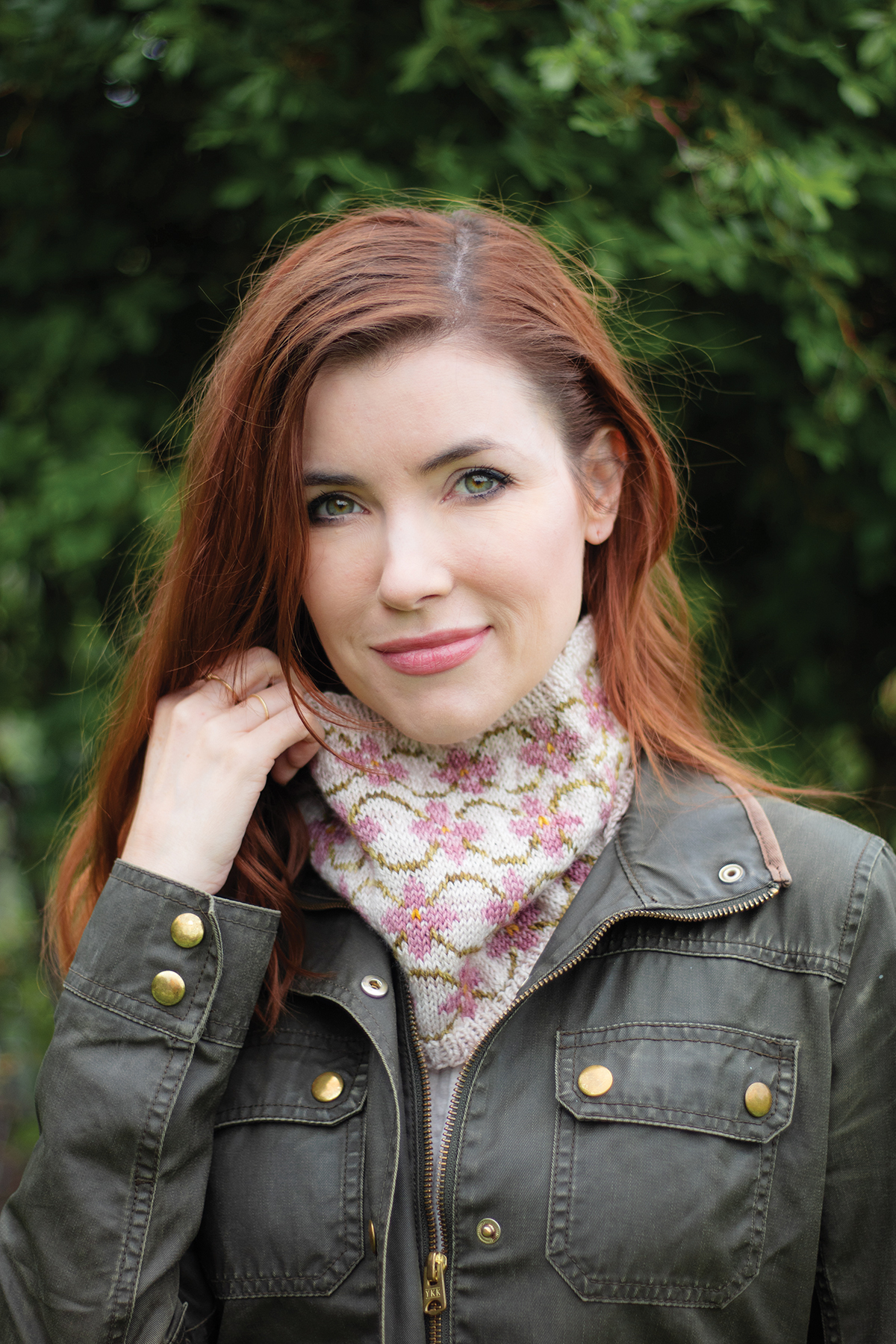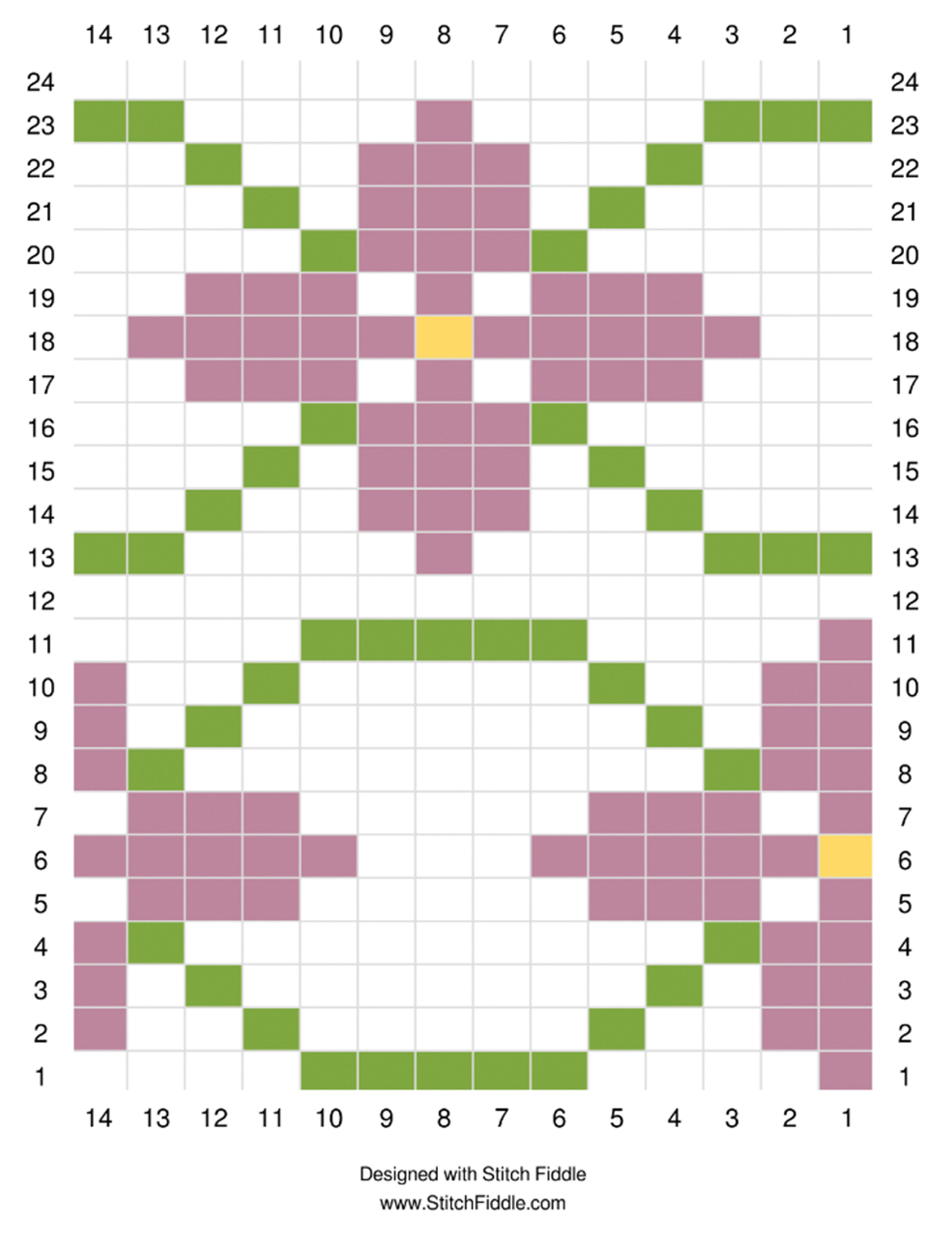
One afternoon in 1939, in the English countryside, Leonard Woolf was gardening while his wife, Virginia, listened to the news. The radio was airing Adolf Hitler’s hate-filled rantings, and Virginia called out to Leonard to come listen. But Leonard said no. He said he was planting irises under the apple tree, and they would be blooming long after Hitler was dead. And he was right—those irises bloomed for decades after Hitler shot himself.
I was obsessed with that anecdote in 2018. I found ways to work it into all sorts of conversations. It feels endlessly applicable: do not get sucked into the drama of things you can’t control, when you could be working on something that will last a lifetime.
Here’s another: A few years before Woolf planted his irises, George Orwell planted roses in the garden of his English cottage. Orwell wrote about his roses in the Tribune, only to have readers write in to say no one wanted to hear about his gardening.
Clearly, that reader was not me, as I delight in foisting gardening lore on the unsuspecting. I love feasting on every scrap of information about writers who garden, as though they were turning over not soil but an idea in the mind, sifting through loam and suddenly having a breakthrough idea stagger into the scene, possibly on the wings of bees.
Gardens feel solitary, yet you are never alone. You are in the company of living things that ask very little, if anything, of you. I breathe a little deeper while my ears follow the chatter of birds, the white noise of cars on a road unseen, carrying a sound like surf striving for shore. The scent of the air around me, which in summer is full of the linden flowers and Japanese tree lilac, carefully planted twenty years ago by people I will never know. I’m grateful to those strangers.
Ten years ago, I noticed one of my neighbours spent most of the year training a wild vine to grow along the chain-link fence that separated our shared path from a road. He would often stand beside the fence, threading the wisps of new spring growth through the diamond mesh of galvanized steel. He did this well into the fall, when the leaves would turn wine red and reveal dark purple berries on bright red stems that birds feasted on. Then one year, a woman moved in with him. The following year, they had a baby girl, and the year after, they sold their townhouse and moved out of the city.
But the vines he nurtured all those years persist. Now whenever I am by the fence, I too weave in the tendrils of new growth. It takes so little to nudge nature onward, and yet I feel strangely vulnerable every time I do it—as though it is a loud declaration of my desire that this green wall of leaves should exist. That the birds that feast on those berries every fall should keep coming back for generations. That whoever lives here after me will also love these vines.
It might feel counterintuitive to plant anything while autumn leaves flame into reds and golds. But it’s the perfect time to plant daffodils, bluebells, even irises. I hear they will bloom for decades.
Even today, Orwell’s roses are still blooming.
Orwell’s Garden Cowl
Gauge
28 stitches and 36 rounds in a 4-inch square in the charted design, on the larger needles. Can be made in small/medium or medium/large. Measurements: 19 (20.5) inches in circumference.
Yarn
Lichen and Lace 80/20 sock yarn in one main colour and three contrasting colours. MC will require approximately 180 yards. CCs will require approximately 70 yards each.
Needle Size
Circular knitting needles: 3 mm for the ribbing and 3.5 mm/U.S. 5 for the colour work
Colours Used in Sample
Linen (main)
Shrub, Sugar Plum, Amber (contrast)
Materials
One stitch marker
Tapestry needle for weaving in ends
Pattern
With MC and smaller needles, cast on 168 (196) stitches. Place stich marker to mark beginning/end of round, and begin working in K1, P1 ribbing. Work K1, P1 ribbing for 5 rounds.
Switch to larger needles. Knit 1 round in MC in larger needles, then begin chart:

Repeat the chart 12 (14) times for each round. Continue knitting the chart in the round until you have worked two full repeats (one repeat is 24 rounds, so you will work 48 rounds of the chart).
When chart work is complete, switch to smaller needles and work K1, P1 ribbing for 5 rounds. Bind off all stitches. Weave in ends and wet block the cowl.